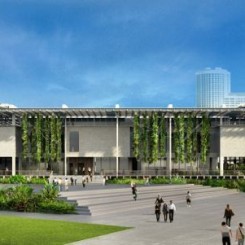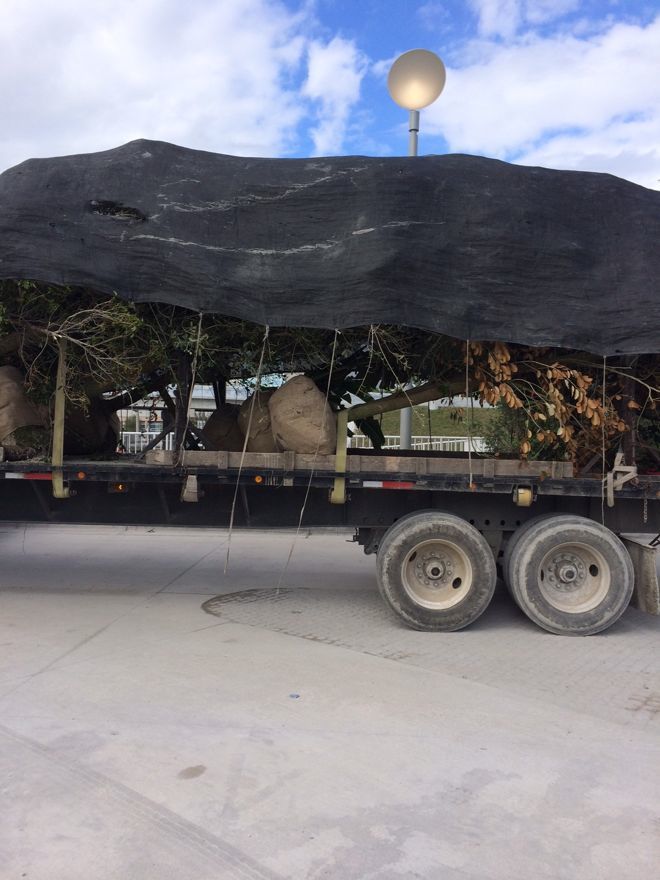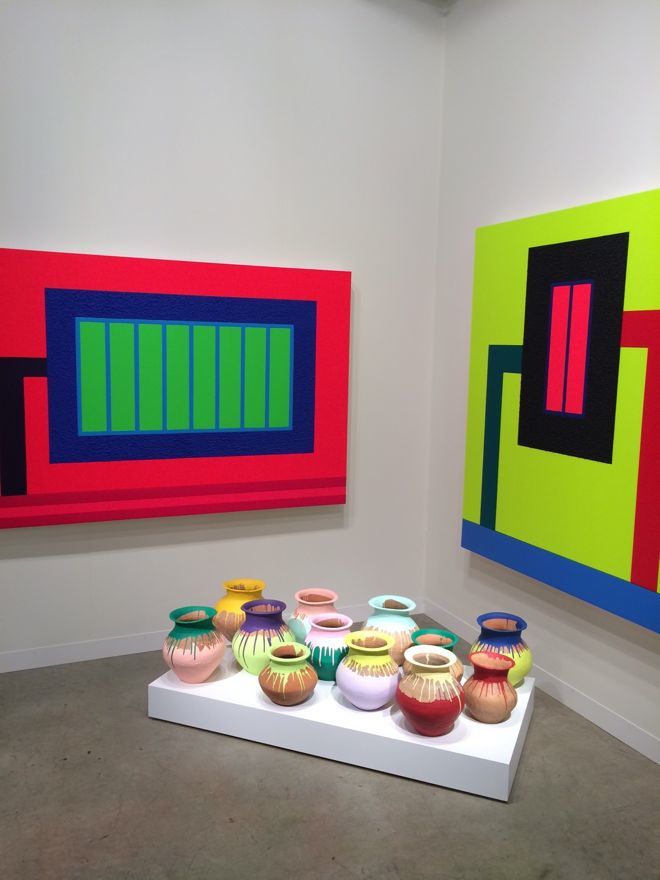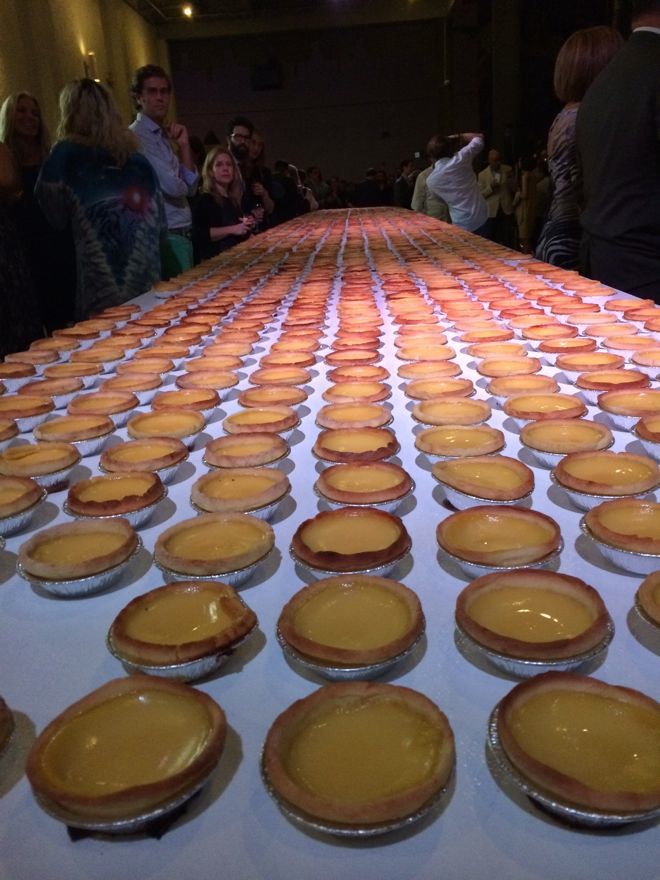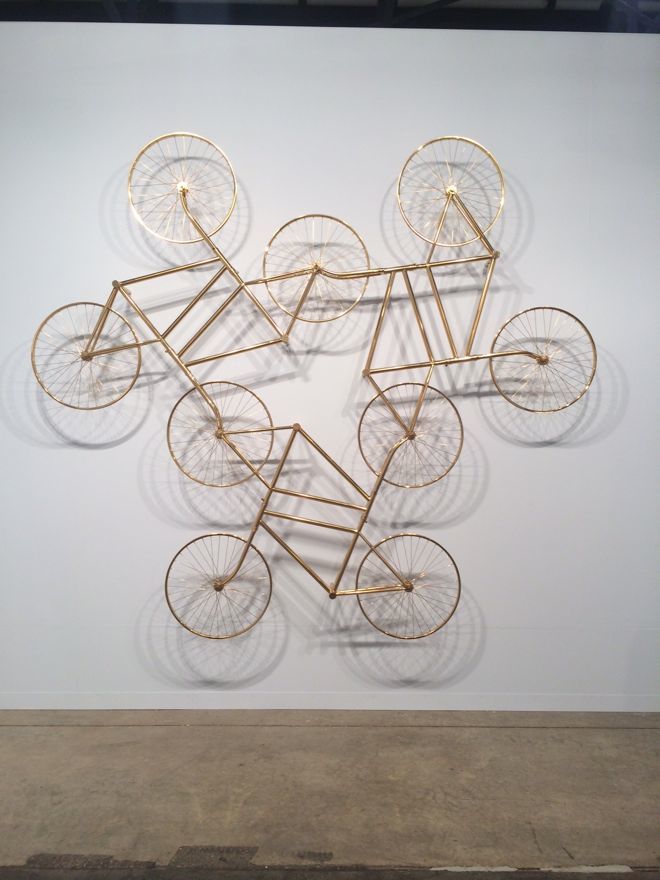A month before Art Basel Miami Beach opened in early December, shipping containers started to appear in vacant parking lots around town. They are anonymous, distinguishable only in their dents, striations of rust and spray paint, and stenciled codes from previous ports—hundreds of them. They contain art, but no matter how many billions of dollars are held in the boxes (three, according to some), it was the logistics which are truly impressive—the calculations and the manpower required to set up, hold, and break down this fair in a matter of days. For no matter how big the fair is (258 galleries, 31 countries), how many satellite fairs sprout up (more than 20, but only a few worth going to), or how many celebs are spotted (Leonardo DiCaprio, Cindy Crawford, Glenn O’Brian wandering through Gavin Brown’s booth), the thing about fairs is they are always going somewhere else. Somebody is always getting left behind.
These abandonment issues have long simmered in Miami—a peripheral town that really wants to be the center of something. But this year, two massive developments will permanently change the relationship between the city and what has now been branded as Miami Art Week. In July, it was announced that the Convention Center, which has all the charm of an airplane hangar in Liberia, would be razed and redeveloped by a team including the Rem Koolhaas-led OMA. How this will effect future editions of the fair is yet to be seen, but this year was already imbued with a strange sarcophagal feeling. (If the museum is a mausoleum, then what is the fair convention center?)
Across Biscayne Bay, the just-completed (and I mean just; they’re trucking in the palm trees as I type) Pérez Art Museum Miami (PAMM) opened to universal acclaim. Designed by Herzog & de Meuron, the museum is anti-iconic, a porous mesh that allows those tropical humors—the heat, the breeze, the rain—to weave through the building. Sitting on a platform 18 feet above sea level and shielded by category-five hurricane resistant windows, the museum will define Miami in that future like the fair did in the past.
But during Wednesday’s press preview and the vernissage, the vibe at the Convention center was that of fish in a barrel. The dealers seemed beset with a type of contentment bordering on boredom. As usual, many of the works had been sold beforehand, at dinners, via e-mail, in any way possible barring the then and there. That said, there were some cash-in-hand purchasers—Diddy was spotted walking out holding a just-purchased photograph over his head.
As for the work on display, it was all fantastic, it was all beautiful, it was all. When cynicism knocks, and it does quite frequently during this fair, the best reaction is pick one of the pieces and to think back to some art history textbook where you first saw it.
There was a surprisingly little amount of Chinese art on display. Long March Space had viewers entranced with “Play—Spire of the Sky,” a three-meter-tall cathedral of leather and sex toys by Xu Zhen. The booth also included photos by Huang Ran. In the curated Positions section of the fair, Tang Contemporary Art scored with Wang Yuyang’s “Breathing Series—Finance Department.” Wang recreated a typical site of a 9-to-5 job in a contemporary Chinese city with a hallucinatory addition. Every object is fitted with an internal motor that causes it to swell and contract—to breathe.
ShanghART, long a fair regular, was AWOL. Beyond those pieces, it was mainly about Ai Weiwei. Mary Boone had a few stools and dipped urns paired with Eric Fischl and Peter Halley. Lisson had one of his “Forever” wall pieces, as did Galerie Urs Meile (the piece at Urs Meile had sold for $270,000 before the fair opened). Faced with an audience less than familiar with the varieties of Chinese art, Ai was an obvious choice made more obvious by the opening his traveling greatest hits collection According to What? that week at PAMM.
While I was in the booth, I happened into Juan Roselione-Valadez, the Director of the Rubell Family Collection Museum. It wasn’t surprising to see him there, as the Rubell’s mammoth “28 Chinese” had opened the night before. Three years in the making, the exhibition is the result of the Don and Mera Rubell’s extensive mining of Chinese art. Roselione-Valadez was quick to mention that out of the 28 artists, only six have gallery representation in North America or Europe. Most were found through word of mouth, and with the help of galleries in China, such as Urs Meile. One of the “28 Chinese,” Wang Xingwei, also had two painting on prominent display in the Urs Meile booth. Both were already out the door, with price tags in the $200,000’s.
“28 Chinese” had opened the night before. While Will Ferrell wasn’t there (he was there last year) the exhibition was a refreshing break from the blue-chip L.A. and New York art often on display in Miami’s private collections. The large downstairs galleries were commanded by one of Zhu Jinshi’s “Paper Boats,” a set of his paintings, and a sculpture and paintings by Liu Wei. Upstairs were works by Zhang Huan and Zhang Enli, and the only disappointing bit was the over-sweetness and yolky mouthfeel of the egg tarts used in Jennifer Rubell’s installation “Faith,” a table of 1,600 pastries mounted on a swaying see-saw. It is one of the worst parts about living here. You just can’t find good Chinese food.
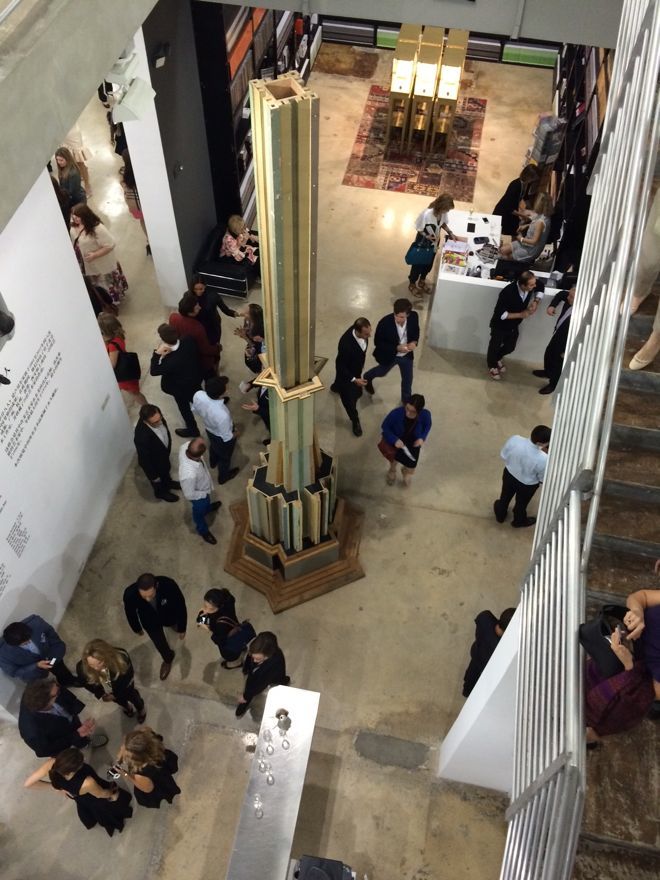
Liu Wei in the lobby of the Rubell Family Collection Museum (Photo: Hunter Braithwaite)
卢贝尔家族收藏馆大堂:刘韡的作品
Thursday night was PAMM’s opening party, featuring performances by Los Jaichackers, Total Freedom, DJ Lengua and Los Master Plus. As the crowds swelled under the dripping vegetal pillars of Patrick Blanc, one felt as if they were in a neon Babylon. Upstairs is the travelling Ai Weiwei exhibition, which is grounded here “Stacked,” a site-specific version of his Forever series (you can pick up one of your own at the Urs Meile gift shop!) made for the museum. This version is pared down, minimalist in its size and bare materiality. It is more Judd than Duchamp, but Marcel claims it after all. Behind the piece, one of the large panes of hurricane-proof glass had been shattered, allegedly by a disgruntled construction worker with a nail gun. Like Duchamp’s “Large Glass,” one felt that finally, things had reached some level of completion.
